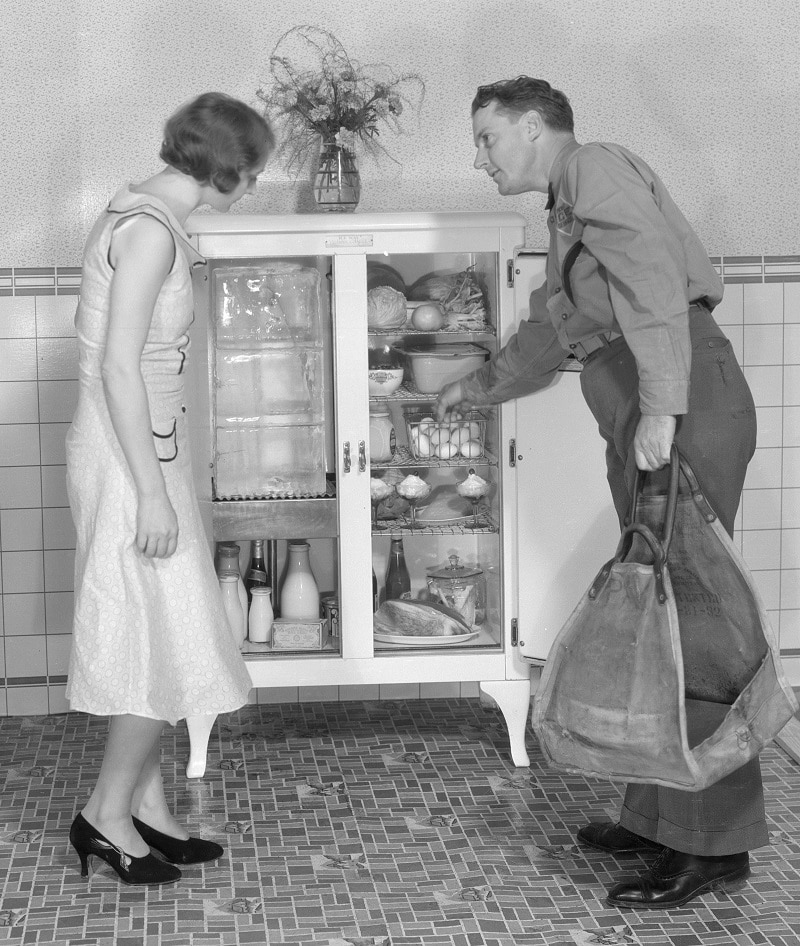Years before the invention of pasteurization and refrigeration, people had to find ways to store dairy production and keep it cool while moving from place to place. In this day and age, finding a way to keep dairy products cool seems almost impossible. Believe it or not, there were some very effective methods used in the past. Some are even still used today in certain areas of the world.
Kefir Grains:
Culture complexes of yeasts and bacteria are used all over the world. Yeast and bacteria create kefir, yogurt, and cottage cheese. When kefir is added tomilk, something amazing happens. These cultures go to work by speeding up the decaying process of milk but keeping it safe to drink. “Good” microorganisms grow strong enough to stop “bad” ones from growing. Nowadays, there are still many products available in supermarkets with “friendly bacteria” or “probiotics.” These products are derived from the traditional cultures, and are packed with health benefits.
So what exactly is kefir? Kefir is a grain that is loved by most health food enthusiasts. Added to milk, kefir grains act on sugar to produce acidic byproducts. Kefir drinks can be made and kept at room temperature.
Lacto-fermentation:
Lacto-fermentation is a process that results in yogurt. Yogurt can naturally be made on a windowsill. Using a different starter culture that usually includes lactobacillus bulgaricus and streptococcusthermophilus can create a homemade refrigerator, and is still used today in some poor countries.
Slate and Terra Cotta Fridges:
In Victorian times, manypeople would use a huge slab of slate on which dairy would have been stored. In warm climates the cooling properties of slate were great at keeping cheese and milk at a low temperature for almost as long as in our modern day refrigerators.
A DIY fridge is actually quite simple to construct. All you need is a few unglazed terra cotta pots and sand. This cooling method has been used in countries around the world for hundreds of years.
Given that the refrigerator is only an invention of the last sixty years in human history and that it consumes up to 20% of our household’s energy, we could do well to learn how to live without it for the sake of the planet and discover a range of new tastes and techniques in the process.
To find out how a process chiller can help you visit legacychillers.com

